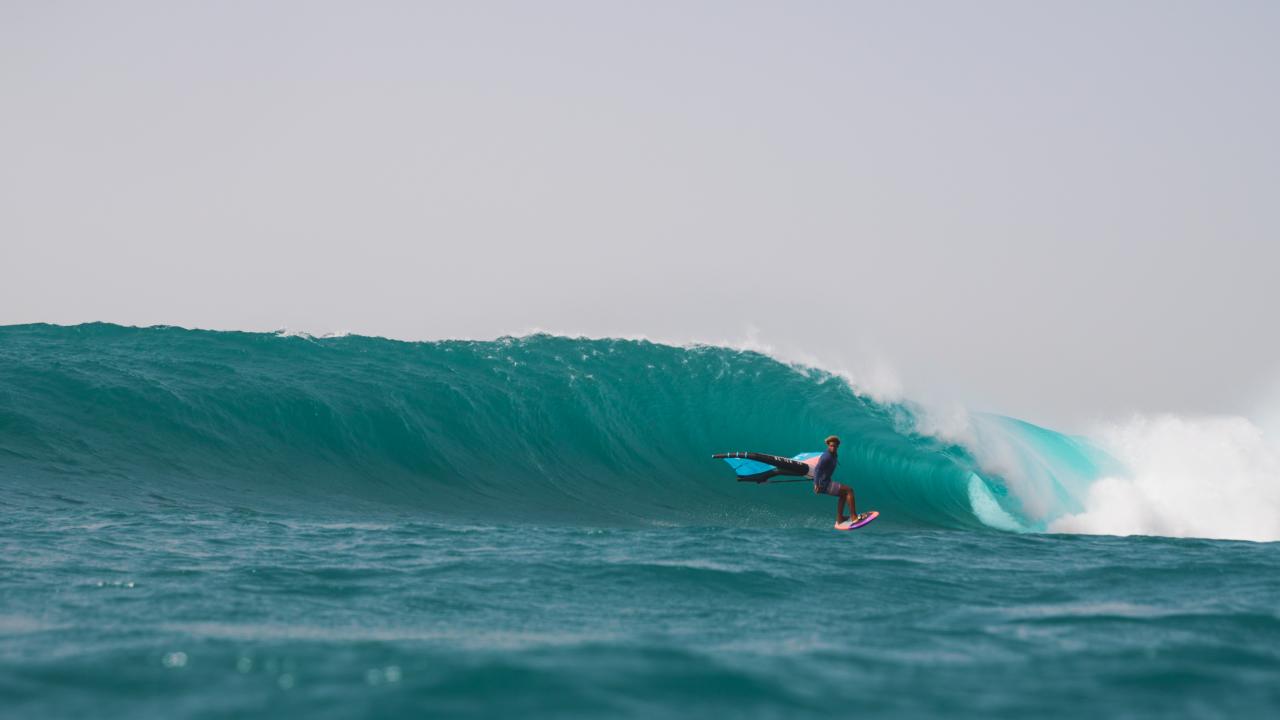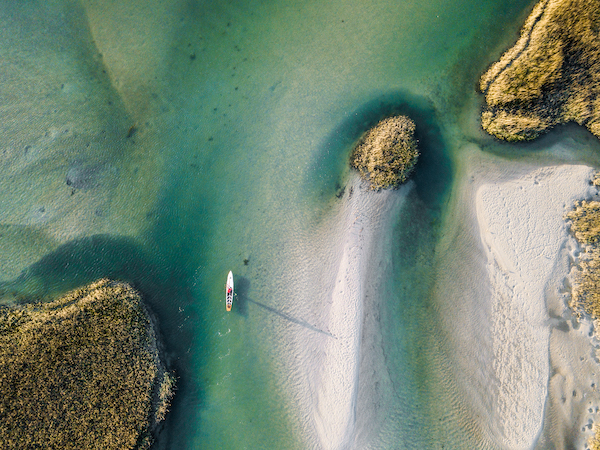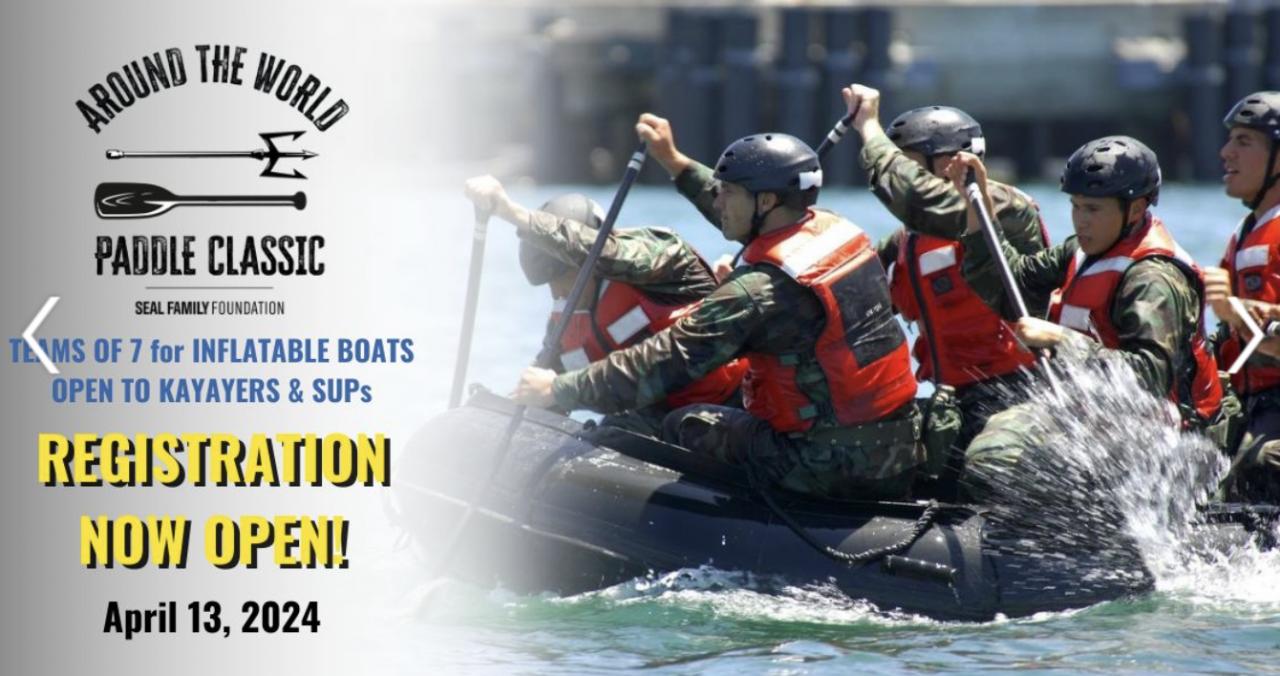She was missing some teeth. Her fair skin was sunburned and her hair resembled one of the tumbleweeds rolling across the arid Colorado Desert. I thought she might be 19 years old, but she looked much older. I suspected meth was the prime culprit, especially out here in the desert. She asked us for a ride to Bombay Beach on the northeast shore of the Salton Sea in southeastern California.
After finishing up some paddling in the marina of the long since defunct Salton Sea Yacht Club, we were sorting gear for a circumnavigation of California’s largest lake - a manmade mistake - that is 25 percent saltier than the Pacific Ocean. As we watched two desert dwellers emerge from a forest of creosote and cholla cactus, we were all in agreement it was her pimp that sent her over to inquire about a ride to Bombay, a Salton Sea enclave known for its debauchery.
The bearded, 30-something-year-old man hid behind his sunglasses, staying 100 yards away. When we told her no ride was available, she walked back over to him only to be sent right back over to us, this time asking for food. We obliged and she took the bounty back to him. They never thanked us, wouldn’t even look at us as we drove by on our way to a dilapidated marina to launch our standups in Niland. We were aiming for Mullet Island, an extinct volcano to the southeast, now a nesting habitat for hundreds of cormorants.
Water is Life
I had heard the Salton Sea was dead, a desert wasteland of yesteryear when it last held the reputation of being “the next Las Vegas”, its resort-like atmosphere once breathing life into this manmade lake from the 1940s to 1960s.
Formerly known as the Salton Sink, until the Colorado River flooded in 1905 and again in 1907, those floodwaters breached levees and dikes creating the Salton Sea. Eventually it evolved into a raucous weekender’s paradise abuzz with fishing tournaments, waterski jumps and boat races. Hollywood also took notice with celebs such as the Marx Brothers, Frank Sinatra and Jerry Lewis frequenting the inland sea.
However, over the years more flooding has occurred, thwarting further development. Years later those floodwaters began to recede because there was never any outlet for the water along the lake’s 110 miles of shoreline. The combination of receding waters and the Salton Sea’s high salinity levels have caused mass die-offs of fish; the tilapia the only fish able to withstand such high salt content 228 feet below sea level. Still, the birds love it with over 400 species either residing or migrating here for the winter.
Geological Wonders
Guano-covered Mullet Island loomed on the horizon, and behind the craggy isle geothermal plumes wafted skyward, a post apocalyptic aura hanging over the arid landscape. Myself, Patrick O’Shea and Will Miller were gliding toward the convergence of the Salton Sea and the Alamo River, a runnel that flows northward from Mexico.
As we paddled closer, a squadron of double-crested cormorants flew just above the surface of the silky smooth water. The seabirds were soon joined by a massive flock of migratory American white pelicans. There was a loud hum as wings flapped in unison over Mullet Island.
After pitching our tents at the mouth of the Alamo River, we paddled back to Mullet Island and the open thermals of boiling mud pots. The Salton Sea is a hotbed of geological wonders with the San Andreas Fault running beneath it. In addition to Mullet Island there were several other extinct volcanoes in close proximity, also along the shoreline.
We landed our standups on an extensive mudflat behind Mullet Island, warm mud oozing between our toes. Lots of open thermals appeared another 200 yards from shore, as well as an old, faded sign warning to stay back. Geothermal activity is prevalent throughout the southern region of the Salton Sea.
As sunset neared, we headed back to our tents. This was a magical time on the Salton Sea with the Santa Rosa Mountains to the west and the Chocolate Mountains to the northeast, hues of pink and orange sweeping across the desert.
Guns Blazing and Old Navy
At first light we awoke to gunfire resonating across the water. It was winter time and duck hunting season obliterated our serenity on the Salton Sea. It was news to us. The Sonny Bono National Wildlife Refuge allows hunting of waterfowl come winter, but we didn’t get the memo.
Fearful of leaving our tents and walking about, we laid low, hunkering down to avoid being shot. Four hours later the gunfire ceased. We quickly broke down our tents, loaded our gear and paddled southwest for groomed sand dunes and an abandoned U.S. Navy site cloaked in brine and the ever-present bird guano.
Twelve miles later we located the U.S. Navy site just south of the sand dunes. We tucked our tents within the windblown dunes and paddled over to the splintered pilings topped with cormorant nests. Once used as a testing site for the Manhattan Project and last utilized for the first Desert Storm, the Navy site appeared ghostly in its desert environs.
We weaved among the pilings and crumbling docks littered with bullet casings, broken glass and thick, crunchy brine. Nervous cormorants peered down at us as we paddled by. A lone coyote yelped spotted us and yelped as it scavenged along the shoreline, the sun dipping behind the Santa Rosa Mountains.
The next morning we awoke to a stunning desert sunrise, a lone white pelican creating the only blemish on the Salton Sea. We had a good 15-mile paddle ahead of us and we wanted to beat the desert heat. Regardless, we were soaked in sweat, and the only oasis that awaited us was at the Salt Creek Camp on the northeast shore.
Cold showers were our reward along the quirky, bizarre, and just plain strange Salton Sea. Once a vibrant, happening place over 50 years ago, it still possesses an enduring allure where standup paddling is supreme.






